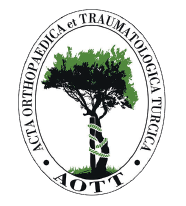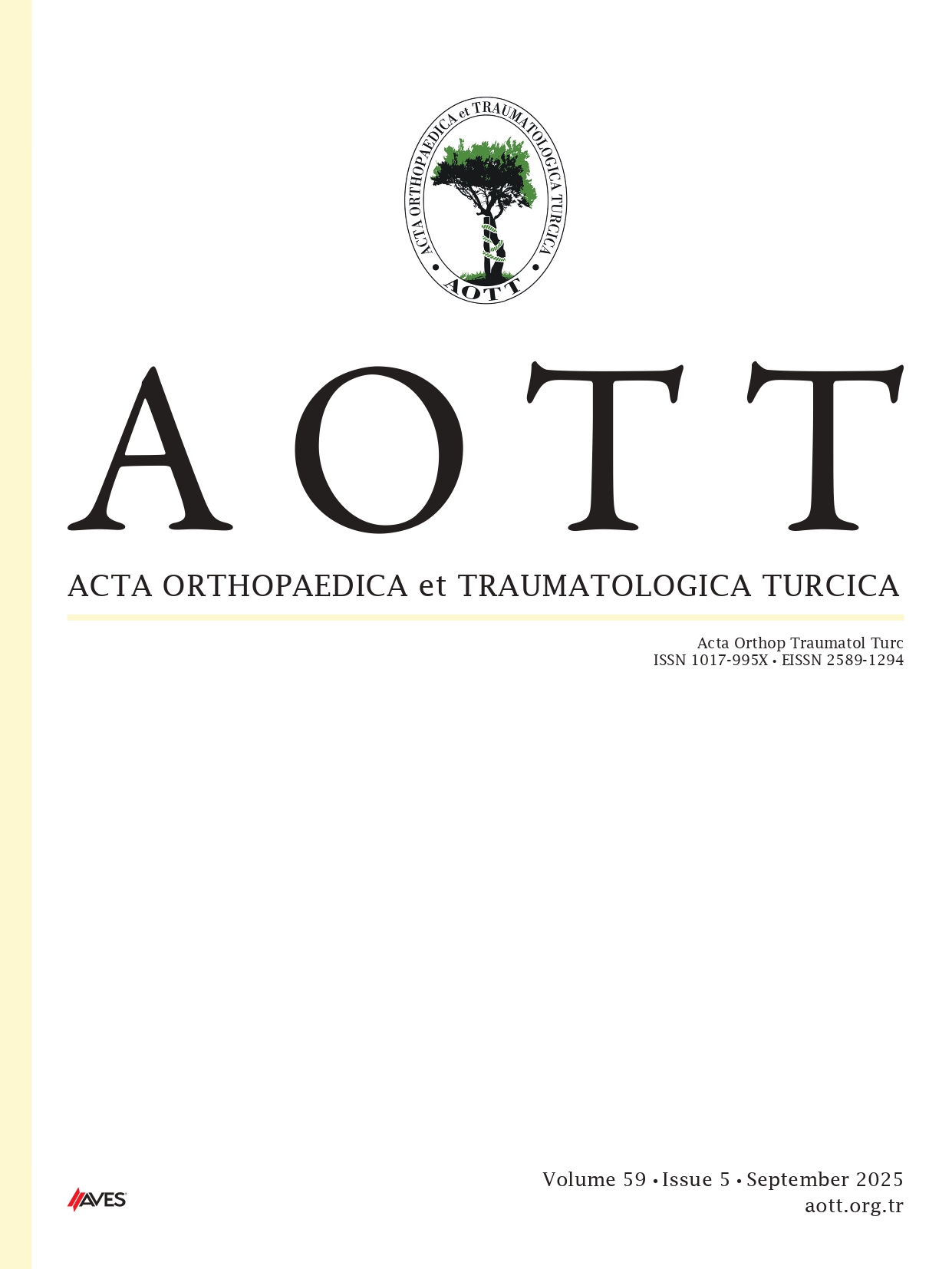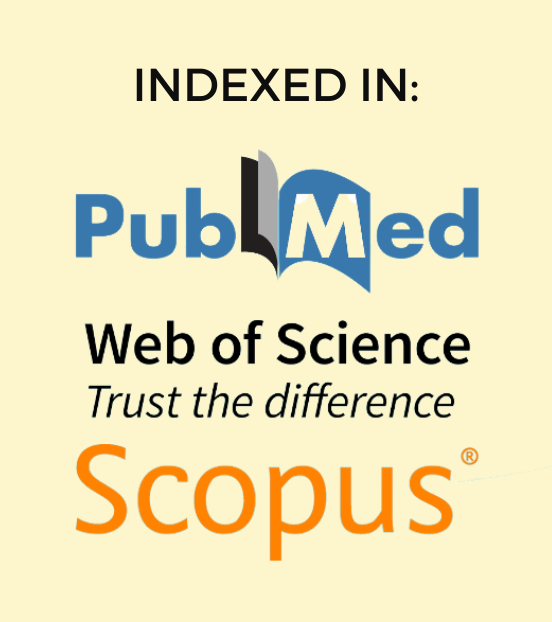Objective: This study aimed to examine the relationship between lumbosacral transitional vertebra (LSTV), classified by Castellvi’s system, and lumbar disc degeneration, graded using Pfirrmann’s classification, based on radiological assessment.
Methods: This retrospective study analyzed 2516 patients (1548 females and 968 males) with a mean age of 51.83 ± 15.6 years with chronic low back pain who underwent lumbosacral magnetic resonance imaging and computed tomography scans at a single center between January 2018 and January 2021. Pfirrmann grading was used to assess L4-L5 intervertebral disc degeneration, and Castellvi classification determined the anatomical type of LSTV. Correlation analysis was performed to evaluate the association between LSTV presence and disc degeneration. Additionally, a proportional-odds ordinal logistic regression model was used to examine the relationship between Pfirrmann grade and patient-specific factors (age, gender, and LSTV presence).
Results: According to Pfirrmann classification, 113 patients were grade I, 402 were grade II, 877 were grade III, 861 were grade IV, and 263 were grade V. A total of 771 patients (30.6%) did not have LSTV, while the remaining 1745 patients (69.4%) had LSTV. A statistically significant association was found between LSTV presence and Pfirrmann grade (P < .001, r=.200). Patients with LSTV had 0.75 times higher probability (95% CI: 0.58–0.90, P < .001) of exhibiting a higher Pfirrmann grade compared to those without LSTV. However, no significant correlation was observed between LSTV subtypes classified by Castellvi and Pfirrmann grade (P=.379). Additionally, age was significantly correlated with Pfirrmann classification, LSTV presence, and Castellvi classification (P < .001). Female patients had 1.34 times higher likelihood (95% CI: 1.19–1.49, P < .001) of exhibiting a higher Pfirrmann grade compared to male patients.
Conclusions: This study highlights the significant association between LSTV and advanced disc degeneration, establishing LSTV as a potential risk factor for progressive spinal changes. It emphasizes the importance of early detection and targeted management, particularly for older adults and females who are more susceptible to severe degenerative changes.
Level of Evidence: Level III, Prognostic Study.
Cite this article as: Bayram S, Altin YF, Kahraman A, Yağci TF, Korkmaz M, Akgül T. Presence of sacralized lumbar vertebra predisposes to adjacent level lumbar disc degeneration: A cross-sectional study. Acta Orthop Traumatol Turc., 2025;59(2):117-121.



.png)
.png)
